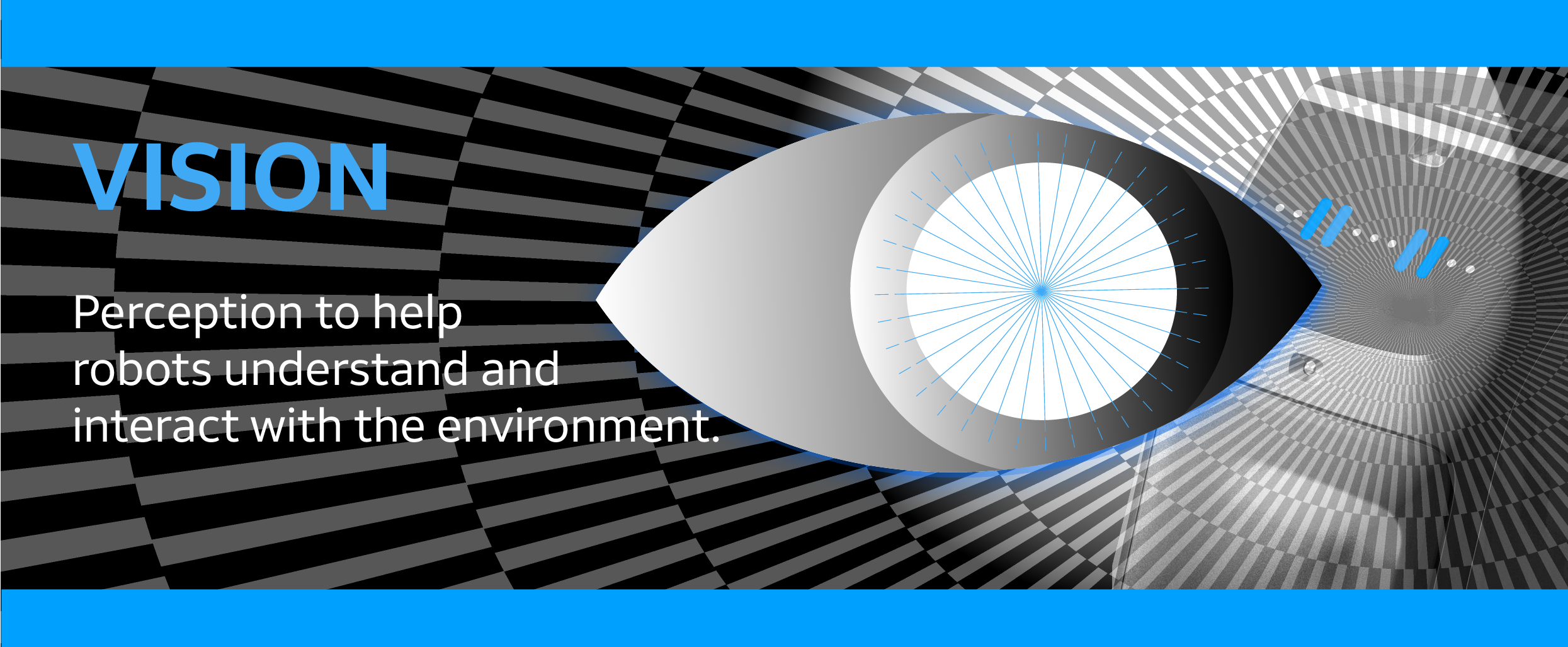A simple yet effective aggregation technique yields applied to semantic masks from Segment Anything (SAM) and to generic DINOv2 features, integrating 3D scene geometry through graph diffusion (ICCV 2025 paper)
LPOSS
A training-free method for open-vocabulary semantic segmentation using Vision-and-Language Models (VLMs).
DUNE
A unified encoder of different foundation models excelling in 2D vision, 3D understanding, and 3D human perception. Code accompanies the CVPR 2025 paper.
Geo4D is a method to repurpose video diffusion models for monocular 3D reconstruction of dynamic scenes including that of long videos.
PoseEmbroider
A transformer-based multi-modal alignment retrieval model that processes 3D poses, person’s pictures and textual pose descriptions to produce an enhanced 3D-, visual- and semantic aware human pose representation that can sort out partial information (e.g. image with the lower body occluded). Code with ECCV 2024 paper.
UNIC
General encoder for classification. Accompanies ECCV’24 paper.
DEBiT (Dual Encoder Binocular Transformer)
An end-to-end trained agent for image goal navigation. Accompanies ICLR24 paper End-to-End (Instance)-Image Goal Navigation through Correspondence as an Emergent Phenomenon.
.
SHiNe
A novel classifier that uses semantic knowledge from class hierarchies. Can be seamlessly integrated with any off-the-shelf OvOD detector, with no additional computational overhead during inference.
ZLaP
Code that accompanies the CVPR 24 paper, Label Propagation for Zero-shot Classification with Vision-Language Models.
POC
Code for the paper “Placing Objects in Context via Inpainting for Out-of-distribution Segmentation”, ECCV 2024
A simple yet effective single-shot method to detect multiple people in an image and estimate their pose, body shape and expression. Training and demo code.
The SHOWMe dataset comprises 96 videos with their associated high-quality textured meshes of a hand holding an object.
Collaboration with INRIA.
Models trained on synthetic images exhibit strong generalization properties and perform on par with models trained on real data.
The PoseFix dataset consists of several thousand paired 3D poses and corresponding text feedback that describes how the source pose needs to be modified to obtain the target pose.
Learning augmentation policies without prior knowledge.
A codebase to evaluate the robustness and uncertainty properties of semantic segmentation models as implemented in the CVPR 2024 paper.
Model for transfer learning.
Two ResNet50 models pretrained on our synthetic ImageNet clones: ImageNet-100-SD or ImageNet-1K-SD.
An Explicit Matching module for compatibility and an Implicit Similarity module for relevance.
Code for running our FIRe model , based solely on mid-level features that we call super-features.
Model trained by mimicking the BERT algorithm from the natural language processing community.
An auto-regressive transformer-based approach which internally compresses human motion into quantized latent sequences.
A dataset pairing 3D human poses with both automatically generated and human-written descriptions.



